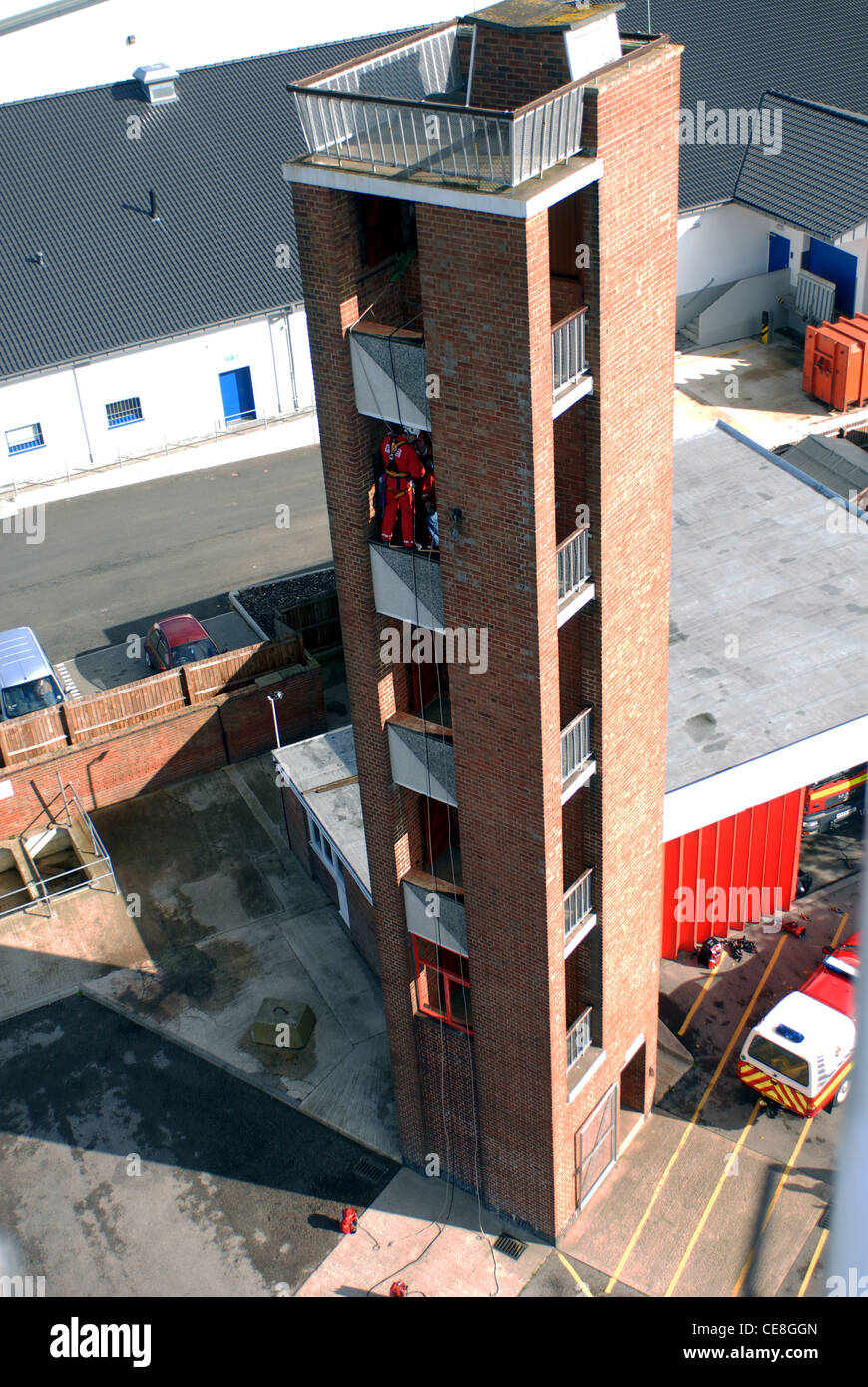Fire safety is an essential responsibility for organizations. Two key components of fire safety are automatic fire suppression systems and fire team exercises. While sprinkler systems suppress flames rapidly, organized fire response units ensure swift action.
How Do Automatic Fire Suppression Systems Work?
Fire suppression setups act automatically by releasing water when fire breaks out. Each sprinkler head functions on its own, focusing on the affected zone.

Critical aspects of fire sprinklers include:
- Water dispersion outlets: Activate water flow to suppress heat.
- Pipe setups: Delivers water efficiently.
- Control systems: Oversee system functions.
- Water source: Provides water.
The Importance of Fire Brigade Training
Emergency response drills trains teams to manage fire-related incidents. Emergency skills development develop confidence, reducing panic during unexpected events.

Primary components of fire brigade training include:
- Fire prevention education: Learning to recognize fire risks.
- Evacuation drills: Organizing orderly exits.
- Using firefighting tools: Learning suppression tactics.
- Communication in emergencies: Improving team performance.
brigada deincêndiosprinkler tetosprinkler e detector de fumaça
The Synergy Between Fire Suppression and Emergency Training
Using automatic fire suppression with brigade drills enhances fire protection efforts. Automatic systems reduce damage instantly, while trained fire brigades step in to manage the situation.

Pairing technology with skills ensures maximum protection for residential areas, offices, and industrial facilities alike.
Why Sprinkler Systems and Emergency Preparedness Are Essential
Investing in sprinkler systems and organizing emergency preparedness programs demonstrates responsibility. Together, these solutions offer comprehensive protection.
Take action for a safer tomorrow by installing a sprinkler system and organizing emergency response drills. Your safety and the safety of others depend on it!